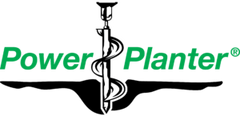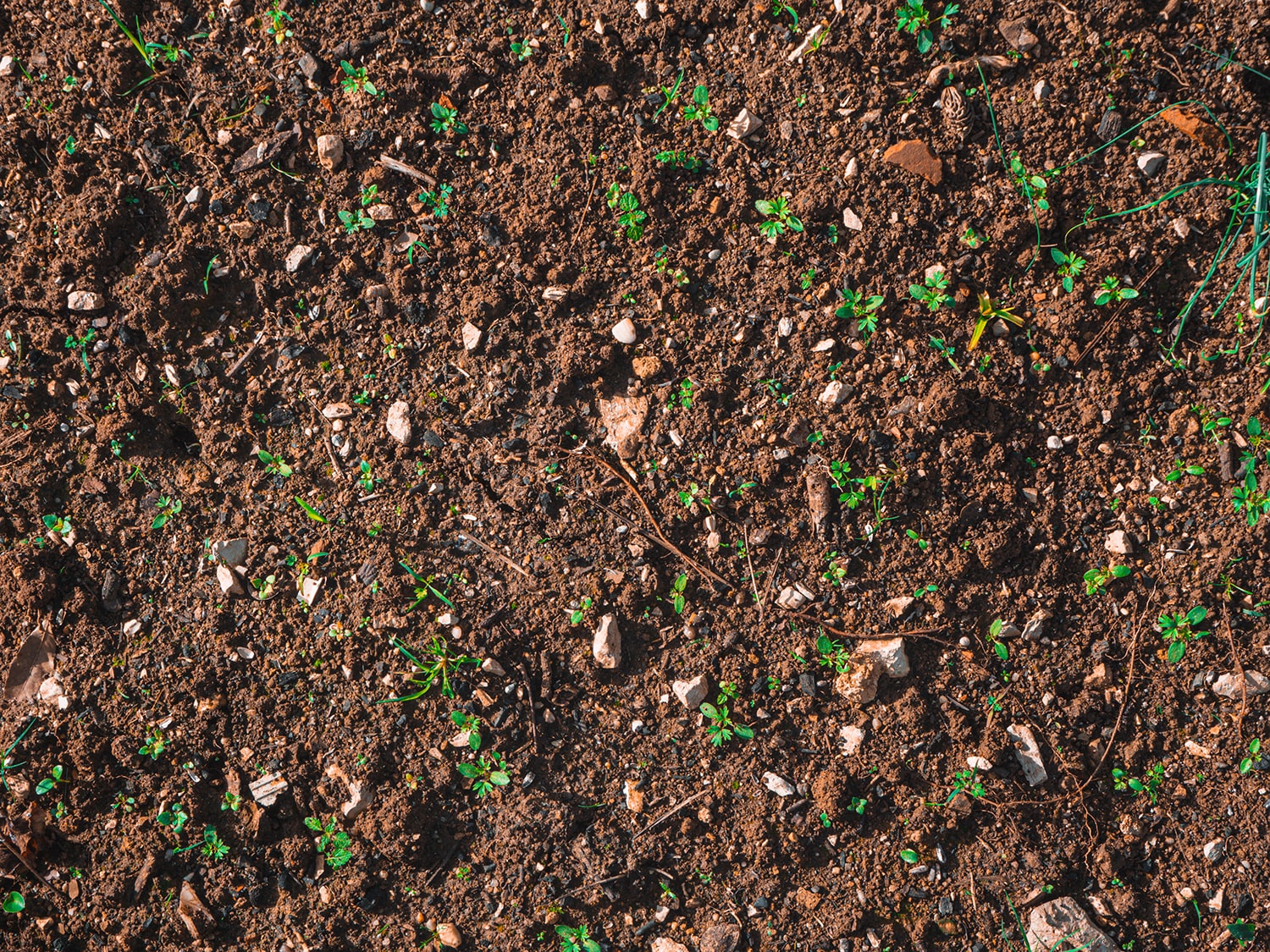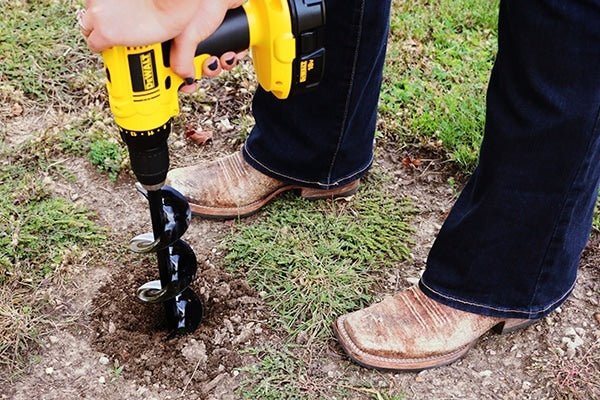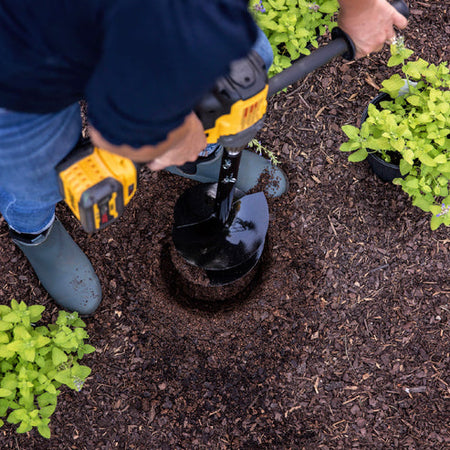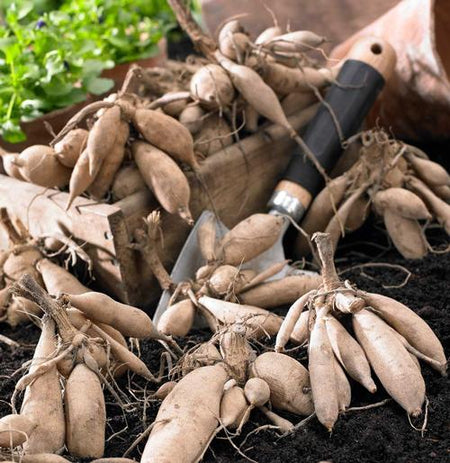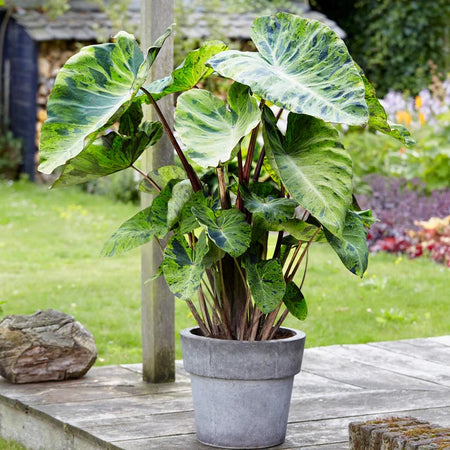1. Make a Spring Gardening Checklist
Here is one of the best spring gardening tips for beginners: Make a spring gardening checklist. The best way to go about this is to create a comprehensive list of everything you’ll need to attend to this spring. You will need to ready your tools and order bulbs. In addition to this preparation, you’ll also want to include items such as mulching, trimming and pruning, starting new beds, fertilizing, planting annuals and so on.Once you’ve jotted down each task, order your list chronologically. For instance, cleaning out garden beds should be done before plants start to come up for the year; whereas tender annuals should be planted later, after all danger of frost has passed.
2. Beat the Rush! Order Plants and Tools Now
As the weather starts to warm, more people will be thinking about gardening. If you plan to order seeds, bulbs, or bare root plants online or from a catalog, do it before the items you want sell out.Earlier is also better when it comes to tools, as you’ll be able to start using those tools right away. If part of your spring gardening plan is to plant lots of early spring bulbs, then you may want to order an auger for planting bulbs immediately so that you are ready to go when your bulbs arrive. For reference, if you will be planting lots of bulbs, bare root plants or small potted annuals, then the 3-inch auger is the recommended size (but click here to learn more about auger sizes and how you can put each to work).
3. Get Your Tools Ready to Go
Out of all the early spring gardening tips, the one that is most likely to be overlooked is tool maintenance. This includes both hand tools and power tools. Take stock of all your gardening equipment — everything from mowers and trimmers to shovels, pruners, hoses and so on — and make a list of maintenance needs. Power equipment, such as mowers, may need to have an oil change or a tuneup. Shovels, pruners and other sharp hand tools should be sharpened. Anything with a wooden handle should be rubbed down with linseed oil to keep those handles splinter-free. Check hoses and nozzles for leaks and repair, or replace as necessary.4. Trimming and Pruning
Trimming and pruning are two tasks that should be done early in the year. When it comes to trimming, as you clean up garden beds, make sure to trim last year’s foliage from perennials so that it doesn’t interfere with growth as the plants come out of dormancy.If you have trees and shrubs, make sure to identify them properly before you start pruning, since various species have differing needs. Lilacs, for example, should have the older branches pruned to keep young branches blooming. Rosebushes, however, need to be shaped carefully, regardless of the ages of the canes.
5. Top Mulch
Mulching is a job that is better done sooner rather than later. A good layer of mulch improves water retention, adds nutrients to the soil, and keeps weeds at bay. The earlier you top the mulch in your gardens means fewer weeds will have a chance to sprout.With these tips, you’ll have a productive spring — and, as spring turns to summer, you’ll be pleasantly surprised at how easy it was to make sure that your gardens are flourishing.

